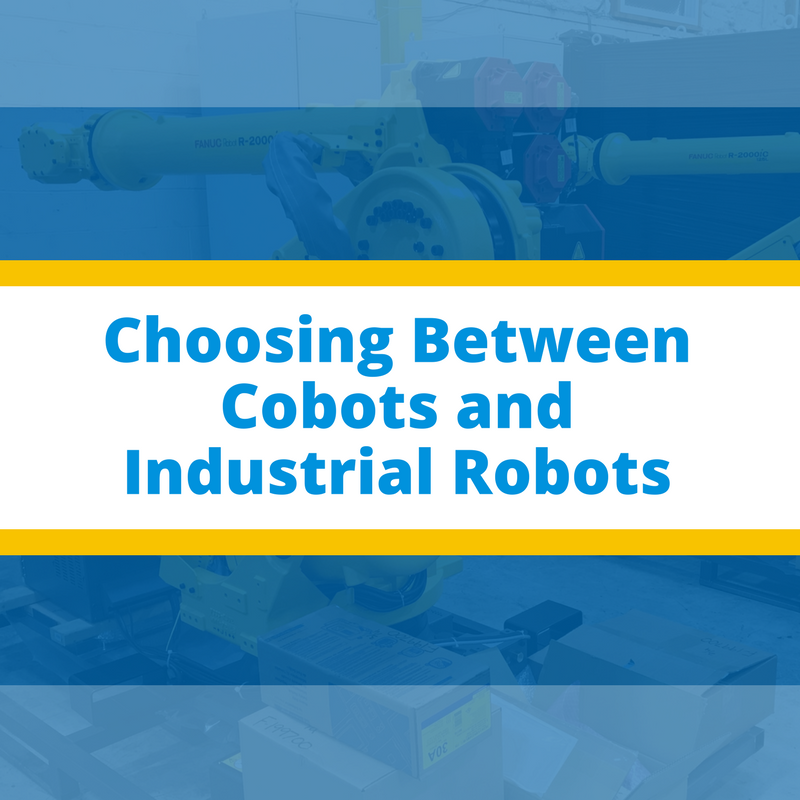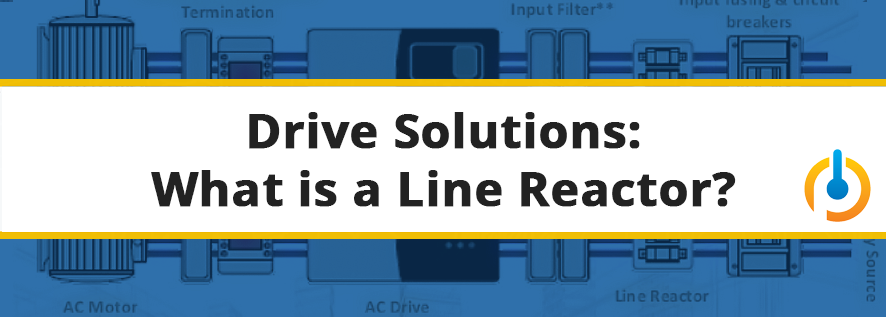Variable frequency drives (VFDs) are used to control the speed and torque of three phase AC induction motors. VFDs also provide start, stop, acceleration, deceleration, and direction control. There are a lot of factors to take into consideration when selecting a drive. Understanding the application, control, feedback, and operational environment is crucial to ensure that your drive application solutions are the right solutions.
Industrial Robotics is a well-established field within the manufacturing sector for the past thirty years, employed for a variety of tasks like stacking, sorting, casting, welding, etc. Robots are involved within industries as they are able to perform hazardous, repetitive tasks more accurately and economically than humans. But still, in reality robots have a long way to go before they can be assigned intelligent tasks that require reasoning.
Maximum Efficiency in Gear Motors for Automated Control Systems
In today’s world of industrial automation solutions, efficiency is one of the most heavily scrutinized aspects of automated control systems. Any part of an assembly line that is not operating at its maximum efficiency is going to end up costing more money in an energy analysis. In such an analysis, the energy usage of the components becomes the area with the most emphasis.
3 Factors in a Successful System Integration Project
Automation Solutions: Remote Monitoring with Telemetry, Part 1
What is Telemetry?
Telemetry is defined as the sensing and measuring of information at one location and then transmitting that information to a central or host location (PLC / DCS). There, it can be remotely monitored and used to control a process at the remote site.
The basic concept of remote monitoring with telemetry has been in existence for a long time. Radio telemetry provides a classic but versatile wireless method for transmitting information. Telemetry using radio waves or wireless offers several distinct advantages over other transmission methods, from cost benefits to resilience and security.
In Part 1 of this guide, we'll look at the benefits of using telemetry in your automation solutions.
Developing efficient HMI screens can make life for both the screen developer and the user a lot easier if they are developed properly. As an HMI programmer, you need to understand the user’s needs: what information is important for them to see in order for them to do their job efficiently and react appropriately.
So, normally it is a good idea to watch what the operator has to do in order to do their job and discuss with them what would make their job easier. Go over any ideas you may have about screen layouts, how buttons would be laid out on the screens, etc., before you even begin developing screens. Getting the operator to “buy in” to an HMI system is key, otherwise you will have failed before you even get started.
As an automation engineer, I have worked on HMI programming for many automation applications, from system integration projects to production data collection.
Here are the top 5 guidelines I follow to create the most effective HMIs:
Implementing or integrating an automated quality inspection system can be a daunting task. To justify the cost, the system must be highly accurate, provide analytical insight, and allow the operator to communicate with and control the system. There are three tiers to quality inspection that can help you achieve the most value from an automated system.
The Basics of a Winder
Winding material into a coil is a common automation application with a lot of technology at the core. Winders are used in many industries. The thickness of the material can range from a heavy gauge steel, a thin plastic, standard paper, aluminum foil, to even toilet paper. Pretty much any material that can be coiled up for more economical transport and delivery to the customer is coiled up on a winder. In general, the lower the cost of the material, the faster the rates the manufacturers need to run to produce their product efficiently. Some of these products can be run at many thousands of feet per minute.
Robots have served as the backbone of the manufacturing industry for decades, replacing humans in repetitive, laborious and time-consuming tasks. Advancements in engineering introduced robots to Artificial Intelligence (AI) and soon, the idea of collaborative robots took over. The scope of having a machine understand and work with you was promising, triggering developers to vigorously work on the idea. Simultaneous advancements in technology and boom in processing capabilities, turned the entire idea into practicality.
A line reactor (also referred to as a "choke") is a variable frequency drive (VFD) accessory. It consists of a coil of wire that forms a magnetic field as current flows through it. This magnetic field limits the rate of rise of the current, thus reducing harmonics and protecting the drive from power system surges and transients.












